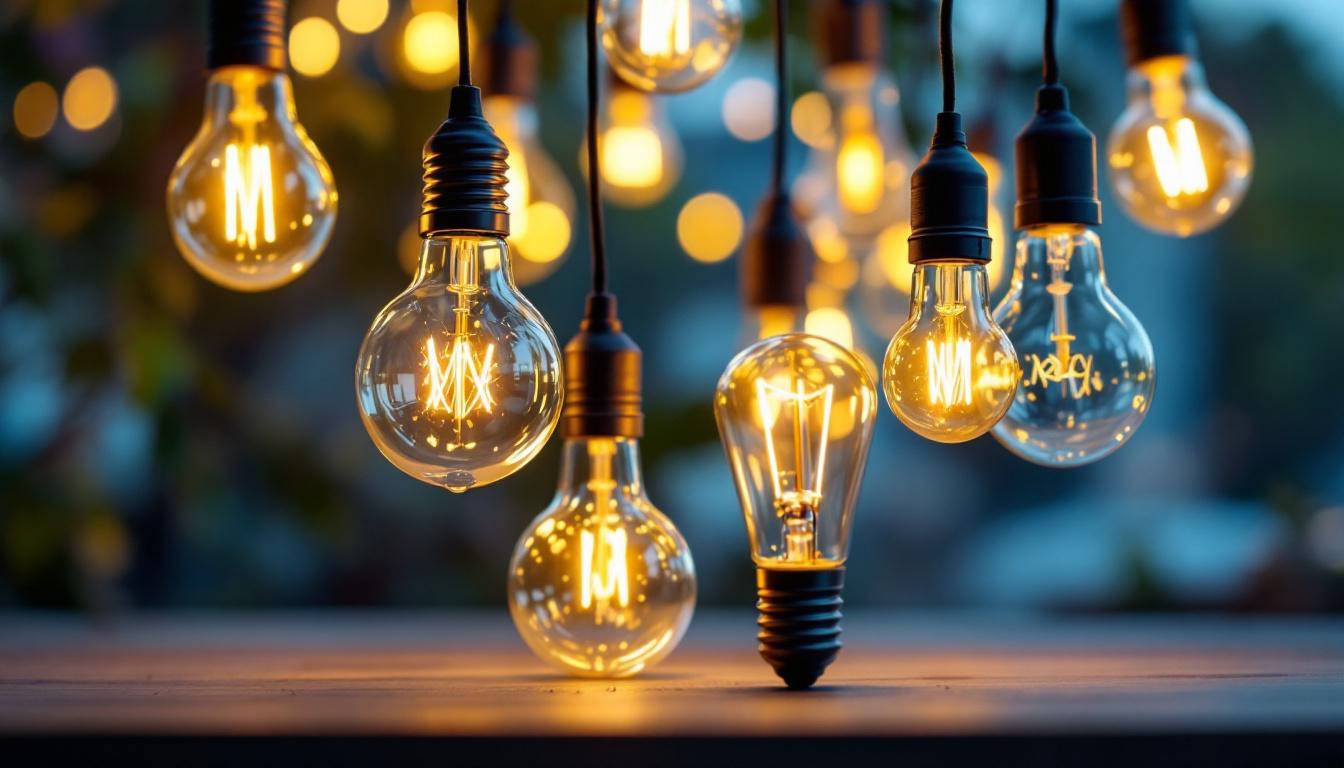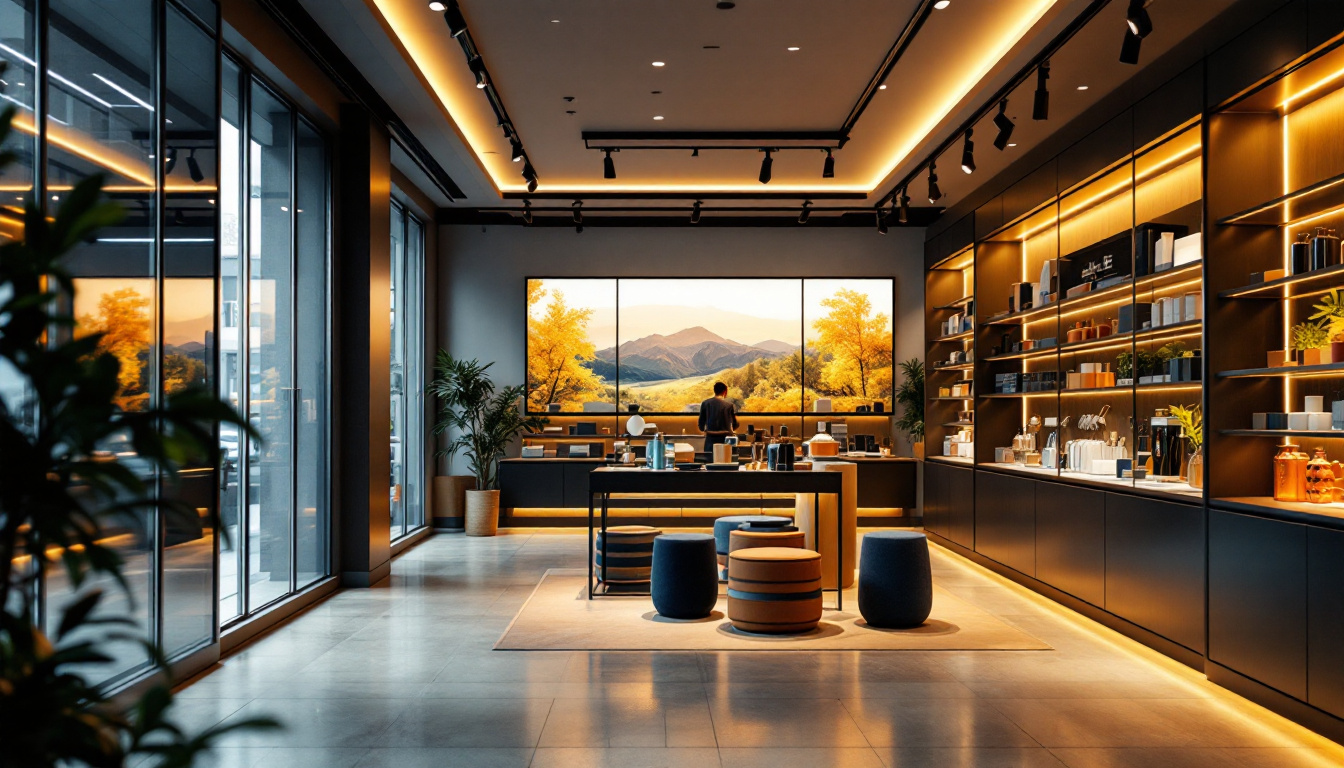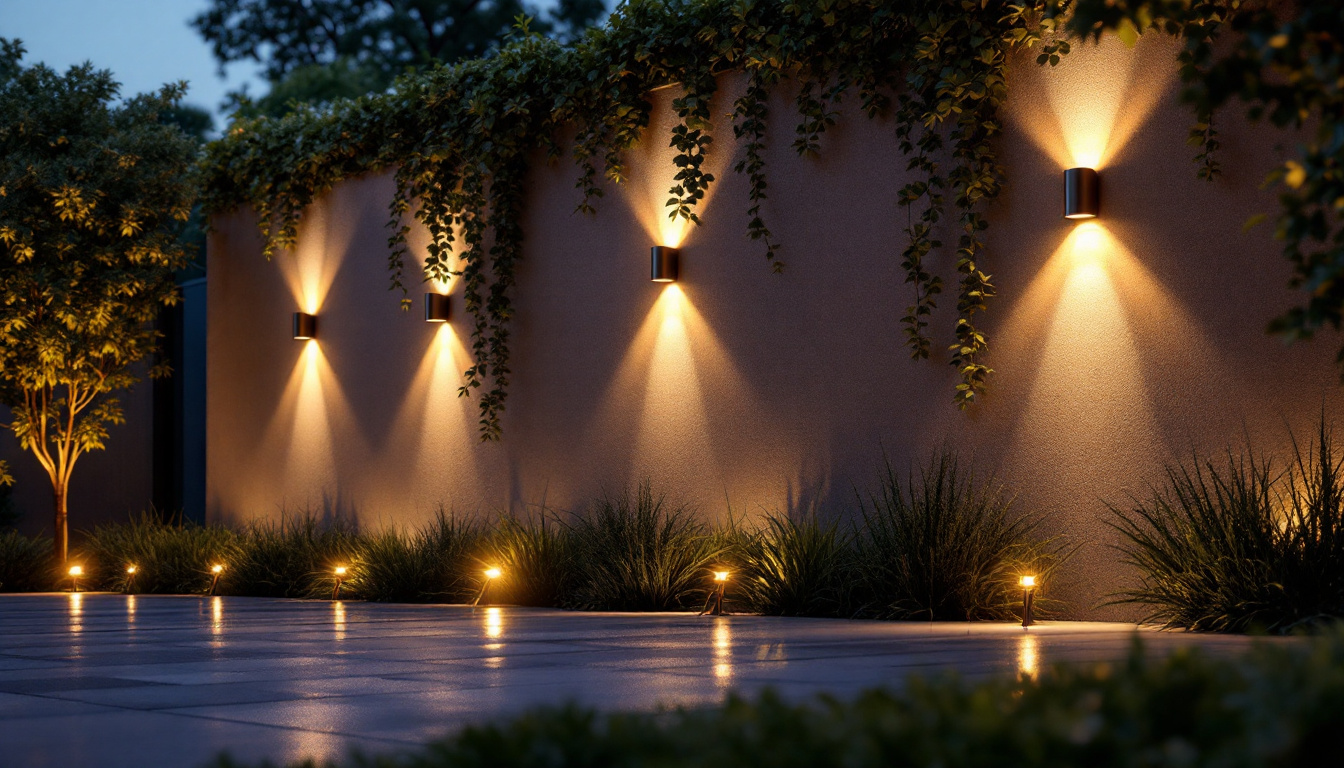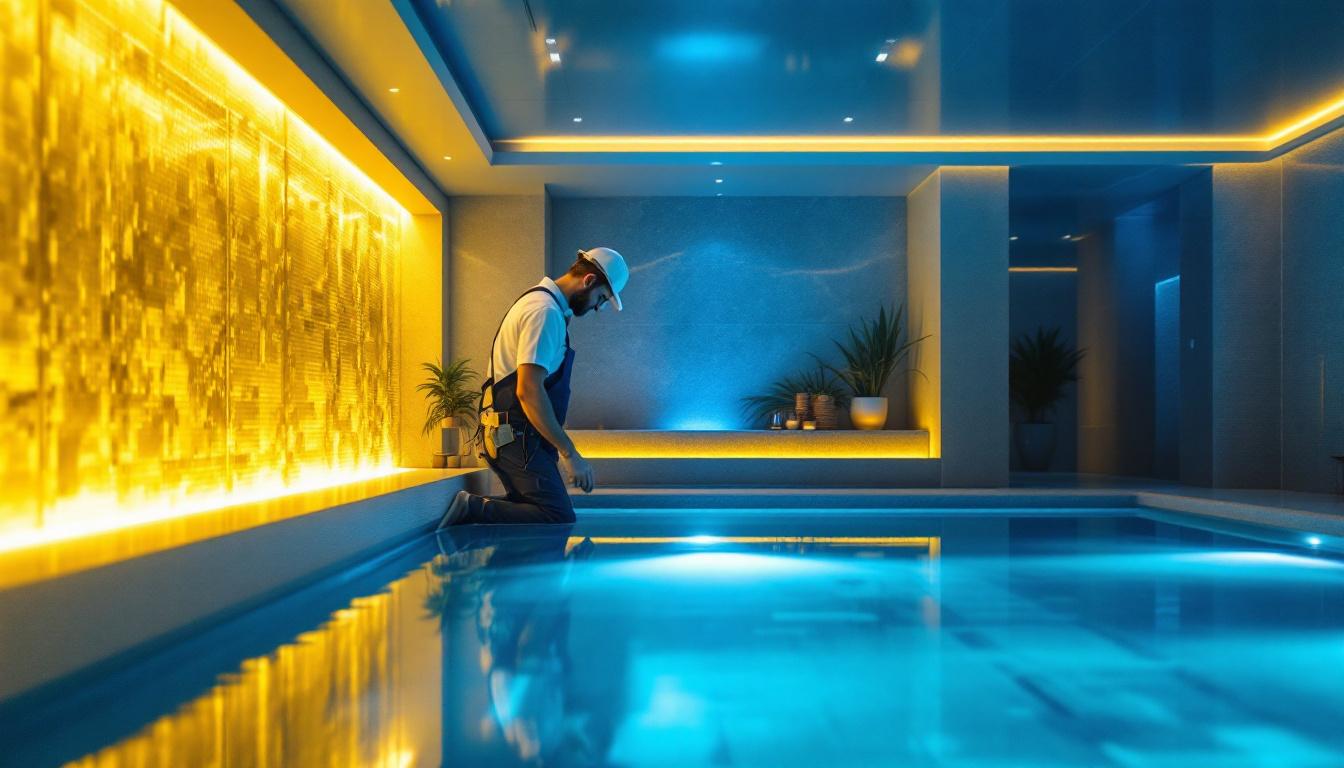
In the ever-evolving world of lighting design and installation, staying ahead of the curve is essential for lighting contractors. The integration of innovative technologies and techniques can significantly enhance project outcomes, improve client satisfaction, and ultimately drive business growth. This article delves into best practices tailored specifically for lighting contractors, focusing on the concept of “Uplifht” — a term that embodies the essence of elevating lighting solutions to new heights.
The term “Uplifht” can be interpreted in several ways, but at its core, it refers to the practice of enhancing spaces through thoughtful lighting design. This involves not only the selection of fixtures but also the strategic placement and integration of light to create ambiance, functionality, and aesthetic appeal. Uplifht is particularly significant in settings where mood and atmosphere play a critical role, such as in restaurants, galleries, and residential spaces. The right lighting can transform a mundane area into a vibrant environment that invites interaction and engagement.
Lighting contractors must grasp the importance of Uplifht in their projects. It’s about more than just illumination; it’s about transforming environments and enhancing the experiences of those who inhabit them. By focusing on the emotional and practical impacts of lighting, contractors can elevate their work and provide clients with solutions that exceed expectations. Moreover, understanding the nuances of Uplifht allows contractors to tailor their designs to the specific needs and desires of their clients, fostering a collaborative atmosphere that can lead to innovative solutions and satisfied customers.
To effectively implement Uplifht in lighting projects, contractors should adhere to several key principles. These principles serve as a foundation for creating impactful lighting designs that resonate with clients and end-users alike. By mastering these principles, lighting professionals can ensure their designs not only meet functional requirements but also evoke the desired emotional responses from occupants.
In addition to these principles, it’s crucial for lighting designers to stay updated on emerging trends and technologies in the field. Innovations such as smart lighting systems, which allow users to control their lighting via mobile devices or voice commands, are becoming increasingly popular. These systems not only enhance convenience but also offer customizable lighting experiences that can adapt to different activities and moods throughout the day. Furthermore, as the demand for sustainable design continues to rise, integrating renewable energy sources, such as solar-powered lighting, can further enhance the appeal of a lighting project, aligning with the values of environmentally conscious clients.
Effective communication with clients is crucial for any lighting contractor. A thorough consultation process lays the groundwork for successful project execution. Understanding the client’s vision, preferences, and functional requirements is essential to delivering a solution that meets their needs.
During the initial consultation, contractors should ask open-ended questions that encourage clients to express their ideas and expectations. This dialogue not only fosters trust but also provides valuable insights into the client’s priorities and aesthetic preferences.
Establishing a clear vision is fundamental to the success of any lighting project. Contractors should work collaboratively with clients to define the scope, style, and specific requirements of the project. This may involve discussing the intended use of the space, the desired mood, and any specific features that should be highlighted.
Utilizing visual aids such as mood boards, sketches, or digital renderings can help clients visualize the proposed design. This collaborative approach ensures that everyone is on the same page and minimizes the risk of misunderstandings later in the project.
Budget constraints are a common concern for clients. Lighting contractors should be transparent about costs and provide clients with a range of options that align with their financial parameters. This can include offering various fixture styles, technologies, and installation methods that fit within the budget without compromising quality.
By presenting clients with a clear breakdown of costs, including potential savings from energy-efficient solutions, contractors can help clients make informed decisions that balance aesthetics and functionality with financial feasibility.
Once the vision and budget are established, the focus shifts to the technical aspects of lighting design. This phase involves selecting the appropriate fixtures, determining placement, and ensuring that the design adheres to local codes and regulations.
Lighting contractors must be well-versed in the technical specifications of various lighting products. This knowledge enables them to recommend the best options for each project, ensuring optimal performance and longevity.
Choosing the right fixtures is a critical component of lighting design. Contractors should consider factors such as the size of the space, the height of ceilings, and the intended use of the area when selecting fixtures. Additionally, understanding the differences between LED, fluorescent, and incandescent options can help contractors provide informed recommendations.
It’s also important to consider the aesthetic qualities of fixtures. The design, finish, and style of lighting products should complement the overall decor of the space, creating a cohesive look that enhances the client’s vision.
The placement of lighting fixtures can dramatically affect the overall ambiance of a space. Contractors should carefully plan the layout to ensure that light is evenly distributed and that there are no dark spots or harsh glares. This may involve using lighting design software to visualize the layout before installation.
In addition to functional considerations, the placement of fixtures should also take into account the visual impact. Highlighting architectural features or artwork can create focal points that draw the eye and enhance the overall design.
Once the design is finalized, the installation phase begins. Proper installation is crucial to ensure that the lighting system functions as intended and meets safety standards. Lighting contractors should adhere to best practices during this phase to ensure a successful outcome.
One of the key aspects of installation is adhering to local building codes and regulations. This includes ensuring that all electrical work is performed by licensed professionals and that fixtures are installed securely and safely.
Safety should always be a top priority during installation. Contractors must take necessary precautions to protect themselves, their team, and the property. This includes using appropriate personal protective equipment (PPE) and following safety protocols when working with electrical components.
Additionally, contractors should ensure that all fixtures are installed at the correct height and angle to avoid potential hazards. Properly securing fixtures not only enhances safety but also improves the longevity of the lighting system.
After installation, thorough testing is essential to ensure that the lighting system operates as intended. Contractors should verify that all fixtures are functioning correctly and that the desired lighting effects are achieved. This may involve adjusting the placement of fixtures or fine-tuning dimmer settings to achieve the perfect ambiance.
Quality assurance should also extend to the materials used in the installation. Ensuring that all components are of high quality will contribute to the overall performance and durability of the lighting system, reducing the likelihood of future issues.
Once the project is complete, the relationship between the contractor and the client does not end. Educating clients about the maintenance and care of their lighting systems is vital for ensuring longevity and optimal performance.
Contractors should provide clients with clear instructions on how to maintain their lighting systems, including information on bulb replacement, cleaning fixtures, and troubleshooting common issues. This proactive approach not only enhances client satisfaction but also fosters long-term relationships.
Encouraging clients to schedule regular maintenance checks can help identify potential issues before they become significant problems. Contractors can offer maintenance packages that include periodic inspections and servicing, ensuring that the lighting system remains in top condition.
By staying engaged with clients post-installation, contractors can position themselves as trusted advisors, leading to repeat business and referrals.
The lighting industry is continually evolving, with new technologies and trends emerging regularly. Lighting contractors must stay informed about these developments to remain competitive and provide clients with the best solutions available.
Participating in industry conferences, workshops, and training sessions can help contractors gain insights into the latest innovations and best practices. Networking with other professionals in the field can also lead to valuable collaborations and partnerships.
One of the most significant trends in recent years is the rise of smart lighting solutions. These systems offer enhanced control and customization, allowing clients to adjust lighting settings through mobile apps or voice commands. Contractors should familiarize themselves with these technologies and be prepared to integrate them into their projects.
Smart lighting not only enhances convenience but also contributes to energy efficiency, making it an appealing option for environmentally conscious clients. By offering these solutions, contractors can position themselves as forward-thinking professionals in the industry.
As sustainability becomes a central focus for many clients, lighting contractors should prioritize eco-friendly practices in their projects. This includes recommending energy-efficient fixtures, utilizing sustainable materials, and implementing waste reduction strategies during installation.
By embracing sustainability, contractors can not only meet client demands but also contribute to a healthier planet. This commitment to eco-friendly practices can enhance a contractor’s reputation and attract environmentally conscious clients.
In conclusion, the concept of Uplifht encapsulates the essence of what lighting contractors should strive to achieve in their projects. By focusing on thoughtful design, effective communication, and adherence to best practices, contractors can elevate their work and provide clients with lighting solutions that truly enhance their spaces.
By staying informed about industry trends and embracing innovative technologies, lighting contractors can position themselves as leaders in the field. Ultimately, the goal is to create environments that not only meet functional needs but also inspire and uplift those who inhabit them.
As the lighting industry continues to evolve, contractors who prioritize Uplifht in their practices will undoubtedly stand out, ensuring their success in a competitive market.
Ready to take your lighting projects to the next level with Uplifht? At LumenWholesale, we support your commitment to excellence by providing you with the highest quality, spec-grade lighting products at unbeatable wholesale prices. Say goodbye to local distributor markups and hello to a vast selection of reliable, high-performance lighting that meets the strictest industry standards. Plus, with free shipping on bulk orders, you can enjoy the best value without any hidden fees. Elevate your lighting solutions and make LumenWholesale your partner in creating inspiring environments. Discover the perfect blend of quality, affordability, and convenience today at Wholesale Lighting at the Best Value.

Discover essential insights into the various types of outdoor light bulbs with our comprehensive guide tailored for lighting contractors.

Discover how LED shop lighting is revolutionizing the future of lighting design and installation.

Discover essential insights for lighting contractors with our comprehensive guide on outdoor wall lights.

Discover how LED light spas are revolutionizing the lighting industry by enhancing efficiency for contractors.